Cantilever is a weekly rundown of London-based gigs and other musical ephemera.
This week’s playlist
All of the tracks included in this newsletter are in this week’s playlist. Stick it on and refer back to it!
Buy Now for Later
Actress + Suzanne Ciani — Barbican, 30.05.2025.
In the 1960s, the earliest years of the synthesiser, there were two pioneering makers of the instrument, based in two different locations in the USA. On the East Coast you had Robert Moog. On the West Coast: Don Buchla. One went for subtractive synthesis, the other additive. I’m not going to pretend to know exactly what this means, but it’s about waveforms, adding to them or taking away to produce the sound. To the layman, though, one crucial difference that you can gather at first glance between the instruments they produced — the Moog synthesiser and the Buchla Electronic Musical System — is that the Moog had a piano-esque keyboard attached, black keys and white keys, and the Buchla did not.
Instead, the Buchla had a touch sensitive trackpad that sent control voltages to the system. Later on, there was a version that looked like this:
Moog, with his black and white keys, was doing what Gilles Deleuze, in the introduction to A Thousand Plateaus (1980), would call “representative” thinking. That is: being beholden to established forms, attempting to represent the piano, despite the new instrument being qualitatively different, accepting the idea that an instrument should be recognisably instrument-like.
Buchla, on the other hand, was opting for something non-representative; why tether the new instrument, with its own idiosyncrasies, to that which came before? A new approach to this new machine could yield new music, perhaps even new thinking.
Deleuze would have likened Moog's approach to his concept of “Arborescent” thinking: a hierarchical order of things in the image of the tree; with the ideal form at its root and representations of that form branching off. Buchla’s would be “Rhizomatic” thinking: a non-hierarchical chaos, represented by the image of the mushroom. There is no “main” bit of the mushroom. There is no trunk. It’s all one thing, with many links. Everything talks to everything else.
Consider a modular synthesiser system in action. It does look pretty similar to the Rhizome diagram.
Those who take to the Buchla often become lifelong acolytes; a fact I think is tied to its comparatively greater rejection of established musical forms. They become Buchla-pilled.
Morton Subotnick, Buchla associate and early experimenter, describes his first forays into the instrument as a direct response to Wendy Carlos’ Switched-On Bach (1968), made on the Moog. That album, he says, imitated “established sounds” and did “what you would do with a musical instrument”. Subotnick’s early attempts to make music on the Buchla were intended to make something entirely new. And they were, it has to be said, comparatively unlistenable.
In interviews, you hear Suzanne Ciani and other Buchla enthusiasts speak about “energies”, “imaginary spatial environment(s)”; that these instruments “can play themselves”.
It’s all vaguely cult-like. But in a nice way.
Joining Ciani and Subotnick are Todd Barton (whose collaboration with novelist and critic Ursula K. Le Guin, “Music and Poetry of The Kesh”, is a surprisingly under-appreciated record from synth music and literary fans alike), and more recently Floating Points (Outernet residency just concluded), Alessandro Cortini (playing Rich Mix in Feb) and Kaitlyn Aurelia Smith.
Almost without fail, the music these artists make on the Buchla is formally psychedelic. A New Age sound that could be typified by non-linear, improvisatory structures, ambience, and experimentation with the stereo image; how sound is bounced around a room.
Even Floating Points, with his more direct, dance-oriented music, has had his mushroom moments. Go to about 2:50 in the video for Last Bloom and see that electricity pulse through a tangle of interconnected roots.
Rhizomatic thinking has reached much further than a subset of experimental music over the last decade, often in an entirely non-metaphorical way. You have Anna Lowenhaupt Tsing’s documentary-essay The Mushroom at the End of the World (2015), the surprise-hit movie Fantastic Fungi (2019), Merlin Sheldrake’s semi-autobiographical book Entangled Life (2020) and more. As Joanna Steinhardt wrote five years ago in the LA Review of Books: “Fungi are having a moment” and “are now becoming conceptually linked to ecological well-being, therapy and medicine, and sustainable technologies.”
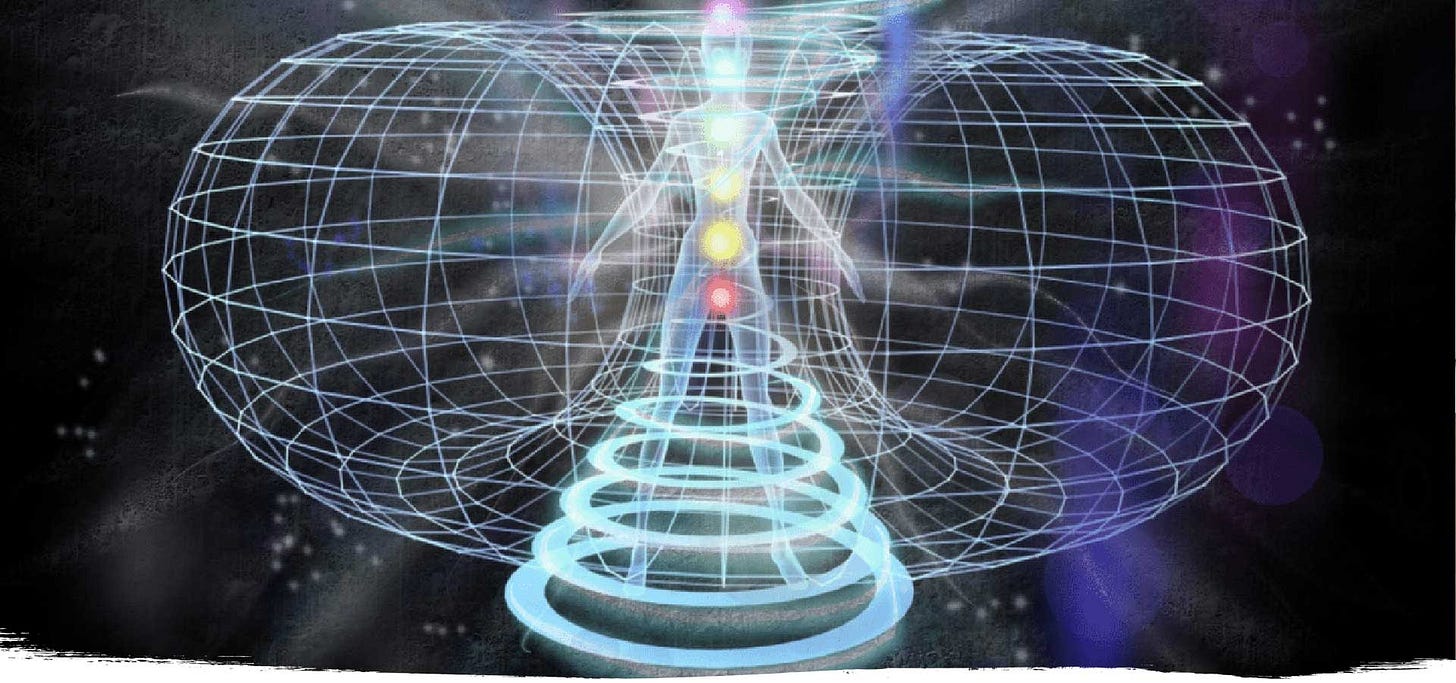
There’s no getting away from the obvious crossover between rhizomatic thinking — that is to say: being mushroom-coded — and wanting to get high. Buchla himself liked to get psyched out. A few years ago, when a repair man came to fix one of Buchla’s own instruments from the 60s, he accidentally touched a panel that had some LSD residue on it and tripped for six hours. True story.
The spanner in the works to the whole — rhizomatic = Buchla / arboreal = Moog — synth argument is probably Mort Garson, whose album Plantasia (1976), music for plants and the people who love them (a record that follows me around the internet, one that Google Shopping really wants me to buy) was made on a Moog.
Are “plants”, generally, arborescent or rhizomatic? Also, Garson’s Moog, with all those wires, does look pretty similar to the Buchla, to the rhizome. It just has a keyboard…
You can’t be too steadfast when it comes to Deleuze. You just have to vibe with it.
Suzanne Ciani, now approaching her eighties, has an extensive back catalogue of beautiful, New Age-y compositions and is hailed as the preeminent live performer of the Buchla system. Her Barbican performance in May, titled “Concrète Waves” — co-curated with Sónar Festival, where the performance will occur again this summer — is in collaboration with Actress, who has also defined a particular kind of electronic music making for the last fifteen years.
Actress’ early albums presented the negative image of club tracks, quietly giving everyone who ever made a “lo-fi house” track their blueprint. Later, Actress moved on to work with the London Contemporary Orchestra on conceptual record LAGEOS, which attempted to musically respond to the brutalist architecture of the Barbican, as well as making installation work with the likes of Eddie Peake.
The LCO collaboration saw Actress revisit his own early material: using the expanded orchestral sound palette to place his tracks, like “Hubble” (2010), in a new context, while also experimenting with the underlying electronics that made the tracks in the first place. This process is similar to the ethos behind Oneohtrix Point Never’s recent album Again (2024), where the sessions that made up OPN’s previous albums were revisited and explored in a new light, explicitly bringing the idea of the infinite possibilities of digital musical creation to the forefront.
Why leave the musical idea — the track — as a single instance, a single expression of itself? That’s so hierarchical of you. That’s so Arboreal. Open up Ableton, mess about with it again, and let it speak to itself over time. Get real; get rhizomatic. Tickets.
Wu-Lu (DJ), Denzel Himself, SHEIVA — Barbican, 21.02.2025
Feb brings us a late-night showcase at The Barbican featuring live music from Denzel Himself and SHEIVA, plus a “genre spanning” DJ set from Wu-lu.
Denzel Himself has been putting out a stream of releases over the past five or so years, all shot through with his “Goth Cowboy” aesthetic and his signature distinctive pronunciation. Curveball Hip-Hop that shares similarities to JPEGMAFIA (who Denzel Himself has toured with before). Recently, an album, Reluctant Cult Leader (2024), has dropped, featuring Himself with a pregnant stomach on the front cover and track titles including “Gothic Delivery”, “Goth Vogue”, “Goth Amerie” and “Loosely Cowboy”. Just in case you didn’t know what this was all about.
British-Iranian artist SHEIVA’s latest 3-track EP “HEECH” puts you in mind of King Krule’s later, murkier work, before going for something that starts Grouper-esque on the closing track, then ends up in Drill territory (minus the sub-bass).
The term punk-rap has been applied to Wu-Lu, who closes things here. It’s a fair assessment, but his 2022 album LOGGERHEAD also crossed into all sorts of genres, bringing in nu-metal, jungle and something Portishead-esque into its tracklist, so expect a similar mix of sounds in his set.
All enigmatic, exciting and hard to pin down. Tickets.
Shows this week
Glasshouse Red Spider Mite — The George Tavern, 28.01.2025
Perhaps the members of Glasshouse Red Spider Mite might not forgive these comparisons, but there’s something very I Forget Where We Were-era Ben Howard, something very Valtari-era Sigur Ros about their two currently released tracks. Beautiful, soaring post-rock, slowcore and folk intermingle here. In short: something I would have adored ten years ago and still love now. Be not afraid of your transcendent emotions. Be not afraid to attempt to sing beautifully. Tickets.
Nouria Bah — Strongroom Bar, 29.01.2025
R&B / Jazz with a off-kilter style, Nouria Bah’s EP DONB4 is a warm listen that sets the bar for a longer work; an instrumental tone reminiscent of KOKOROKO and a voice at once breathy and forthright. In 2024, Bah was the recipient of The White Pube creative grant, a reader funded grant that supports grassroots creativity in a range of fields. Tickets.
Website update
We’ve added the month of March to our website with some excellent upcoming shows you can still very much get tickets to, including MIKE, Deathcrash, Erika de Casier, Yazz Ahmed, Kelly Lee Owens and an additional Machine Girl date, adding to their sold out show at Heaven. Check it out!





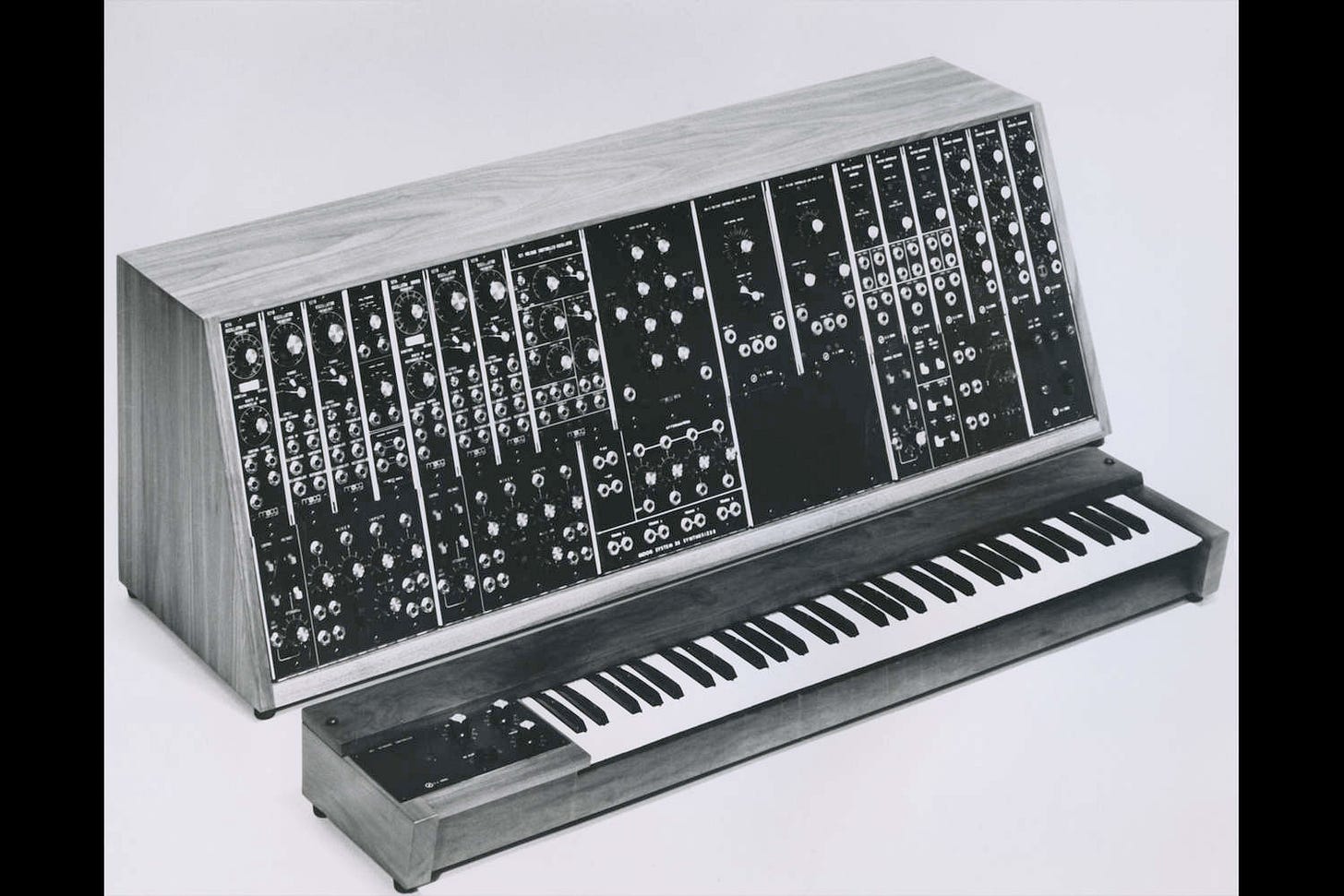
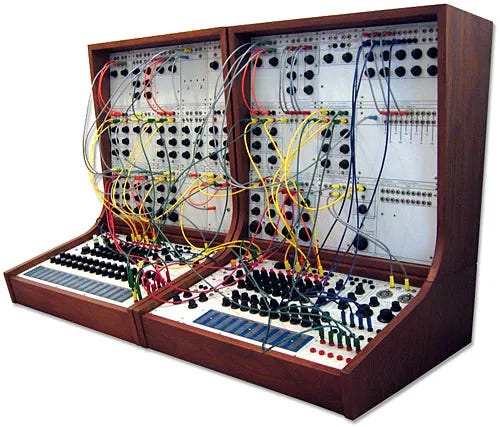



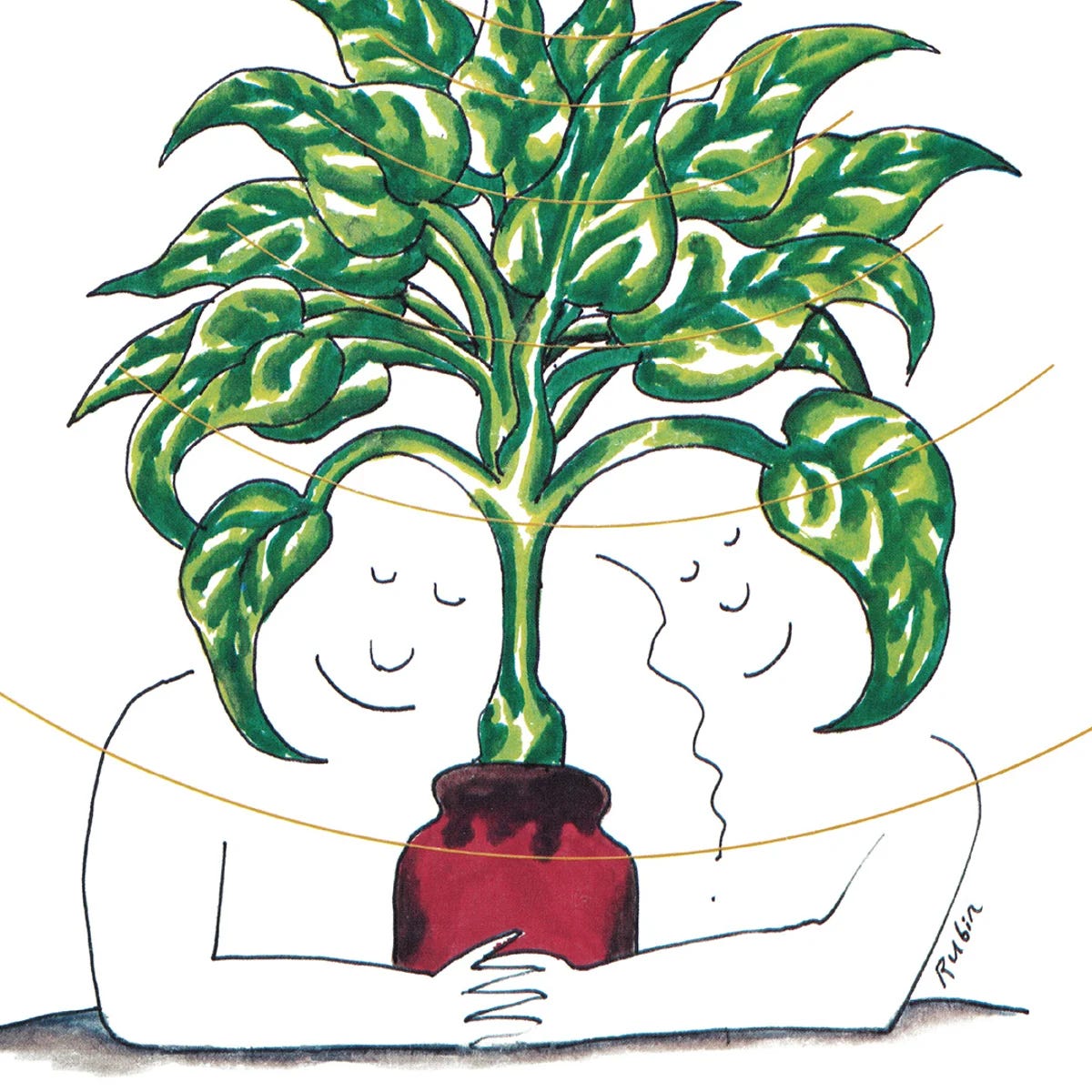
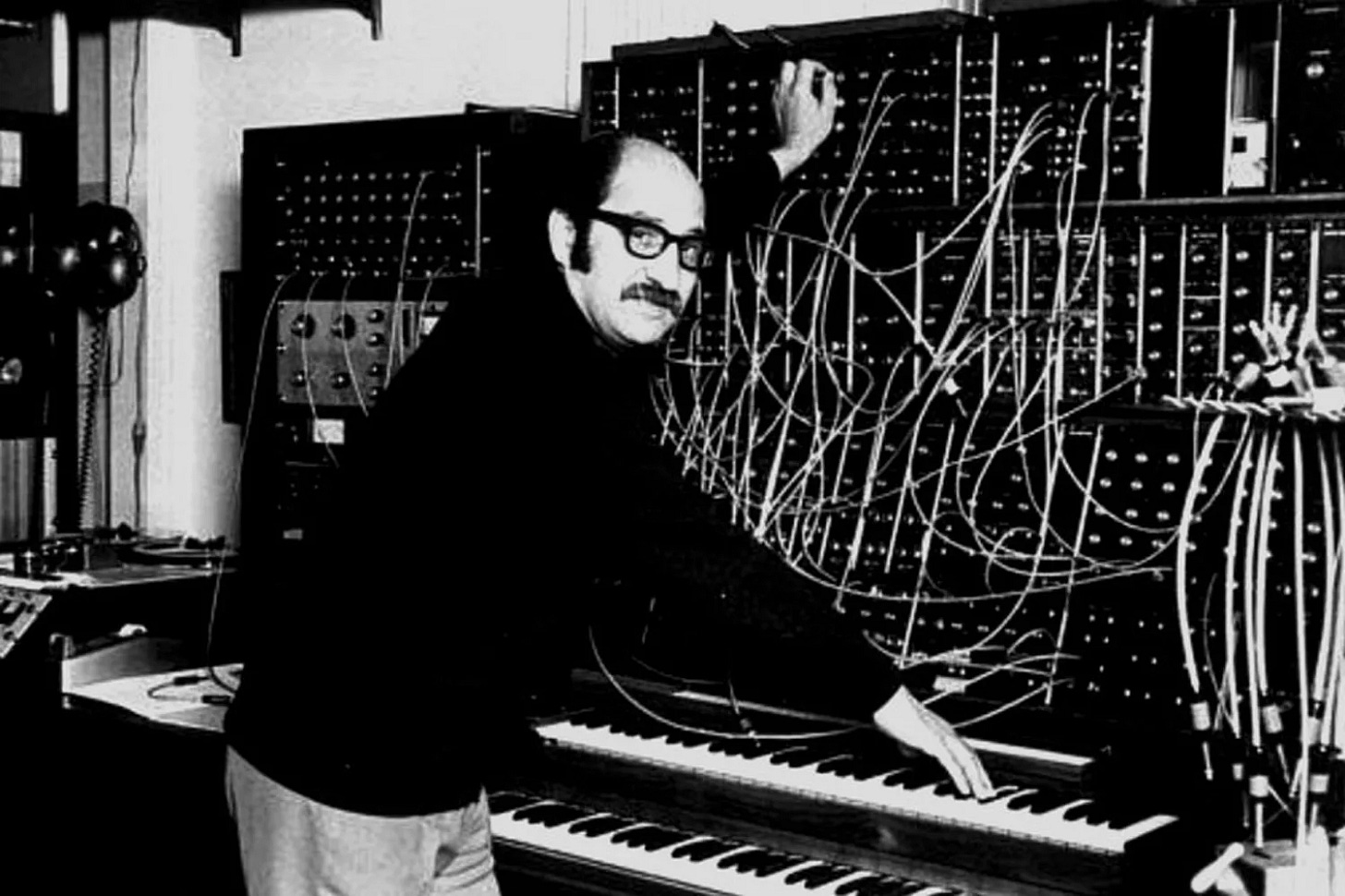

So glad I found this, excellent.